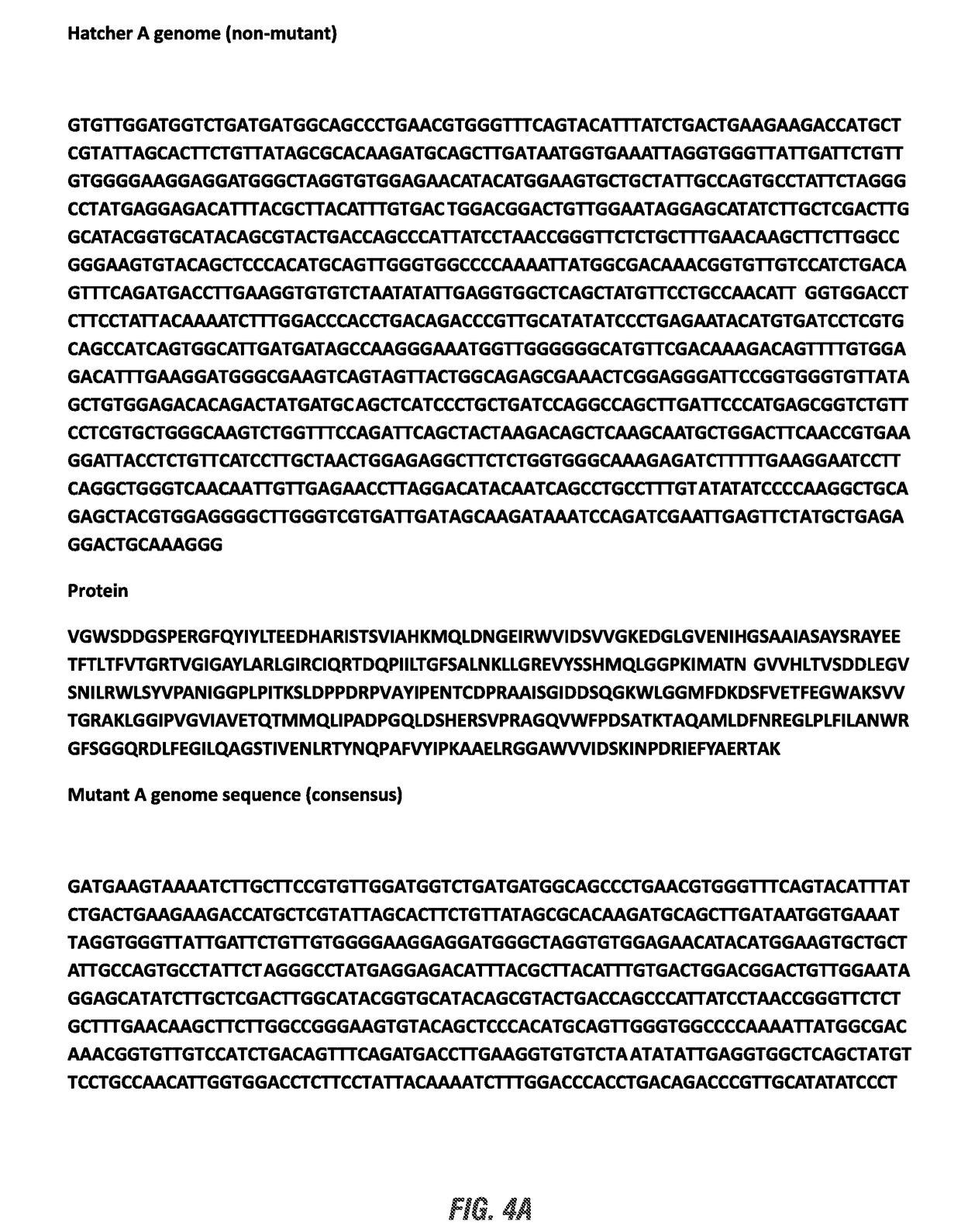Herbicide safener combinations for acetyl co-enzyme a carboxylase herbicide resistant plants
a technology of acetyl coenzyme and herbicide resistant plants, which is applied in the direction of applications, biocide, ligases, etc., can solve the problems that other known safener compounds did not potentiate the response, and achieve the effect of increasing the time to production and increasing the production of commercial crops
- Summary
- Abstract
- Description
- Claims
- Application Information
AI Technical Summary
Benefits of technology
Problems solved by technology
Method used
Image
Examples
example 1
An Acetyl Co-Enzyme A Carboxylase Inhibitor Tolerant Wheat (Triticum Aestivum L.) for Use in a Herbicide Tolerant Cropping System
[0203]A winter wheat (Triticum aestivum L.) with tolerance to the Acetyl Co-Enzyme A Carboxylase (ACCase) inhibitor class of herbicides was developed via the following method:
[0204]Winter wheat seed, variety Hatcher, was subjected to a potent chemical mutagen (non-transgenic method), ethane methylsulfonate (EMS), at a rate of 0.75% for 2.5 hours. This seed is hereby denoted Ml, each subsequent generation of seed will be denoted with a sequentially increasing numeral following the M. This resulted in a mutation frequency in the wheat genome of about 1 mutation per 96 kb (calculated in the M2 generation). This wheat was planted in February and harvested July. The resulting M2 seed was planted in the field in Sept at a total population of 2.5 million plants.
[0205]In May the following year, the field was divided into two sections; one section was treated with ...
example 2
An Acetyl Co-Enzyme A Carboxylase Inhibitor Tolerant Wheat (Triticum Aestivum L.) for Use in a Herbicide Tolerant Cropping System
[0209]A winter wheat (Triticum aestivum L.) with tolerance to the Acetyl Co-Enzyme A Carboxylase (ACCase) inhibitor class of herbicides was characterized via the following methods:
[0210]Plants exhibiting an increased tolerance to quizalofop herbicide were screened with multiple methods for identifying and characterizing the cause of increase. Plants were screened for visual injury, whole-plant quizalofop tolerance differences, cross-tolerance, and evaluated genotypically and enzymatically.
[0211]Visual evaluation. 18 quizalofop-tolerant accessions were treated with 21.05 g ai ha−1 quizalofop, a discriminating dose based on previous studies. Plants were evaluated 28 days after treatment (DAT) for visible injury to quizalofop on a scale of 0 to 100%, with 0 being no injury and 100 being complete desiccation. Nearly all accessions evaluated in this study appea...
example 3
[0217]In wheat cropping systems, competition with winter annual grass species such as jointed goatgrass (Aegilops cylindrica), downy brome (Bromus tectorum), and feral rye (Secale cereale) can be a major problem for managers. To combat this problem, new technologies and chemistries are needed in order to give managers multiple options for grass control. Through a forward genetics screen using an induced mutagenesis method, mutant lines of wheat resistant to the ACCase inhibitor quizalofop p-ethyl were previously characterized (Ostlie et al. 2014), and further crosses were performed to create single and two-gene breeding lines. Single gene lines carry the previously characterized ACCase mutation on one of the three wheat genomes (A, B, or D). Two gene lines carry the ACCase mutation on two of the three genomes (e.g., AB or AD).
[0218]During the 2014-2015 growing season, a field crop safety trial was performed to assess these lines for relative levels of resistance and performance unde...
PUM
| Property | Measurement | Unit |
|---|---|---|
| temperature | aaaaa | aaaaa |
| temperature | aaaaa | aaaaa |
| pH | aaaaa | aaaaa |
Abstract
Description
Claims
Application Information
 Login to View More
Login to View More - R&D
- Intellectual Property
- Life Sciences
- Materials
- Tech Scout
- Unparalleled Data Quality
- Higher Quality Content
- 60% Fewer Hallucinations
Browse by: Latest US Patents, China's latest patents, Technical Efficacy Thesaurus, Application Domain, Technology Topic, Popular Technical Reports.
© 2025 PatSnap. All rights reserved.Legal|Privacy policy|Modern Slavery Act Transparency Statement|Sitemap|About US| Contact US: help@patsnap.com



